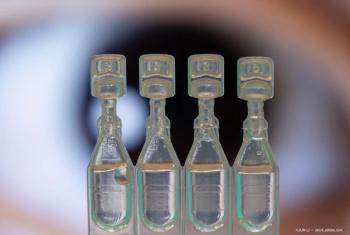
Risk of death due to heart and vascular disease higher in black patients with glaucoma
According to the Barbados Eye Studies, black people treated for glaucoma are at increased risk of dying from heart and vascular disease, particularly those treated with timolol maleate eye drops.
New York-According to the Barbados Eye Studies, black people treated for glaucoma are at increased risk of dying from heart and vascular disease, particularly those treated with timolol maleate eye drops.
"Glaucoma is one of the leading causes of visual impairment worldwide," Suh-Yuh Wu and colleagues noted in the Archives of Ophthalmology. "The most common type, primary open-angle glaucoma, is especially prevalent in populations of African origin, in which it is the foremost cause of blindness."
More than 90% of the Barbados population is black, life expectancy is high, and health care is free. The study evaluated long-term mortality rates among 4,092 subjects who had eye examinations between 1987 and 1992.
At the start of the study, 300 participants had glaucoma, including 141 who had been diagnosed and treated. After 9 years, 764 of the participants had died. The risk of death from cardiovascular causes was 38% higher in people who had previously been diagnosed with or treated for open-angle glaucoma and 91% higher in those who had been treated with timolol drops.
Newsletter
Don’t miss out—get Ophthalmology Times updates on the latest clinical advancements and expert interviews, straight to your inbox.













































.png)


